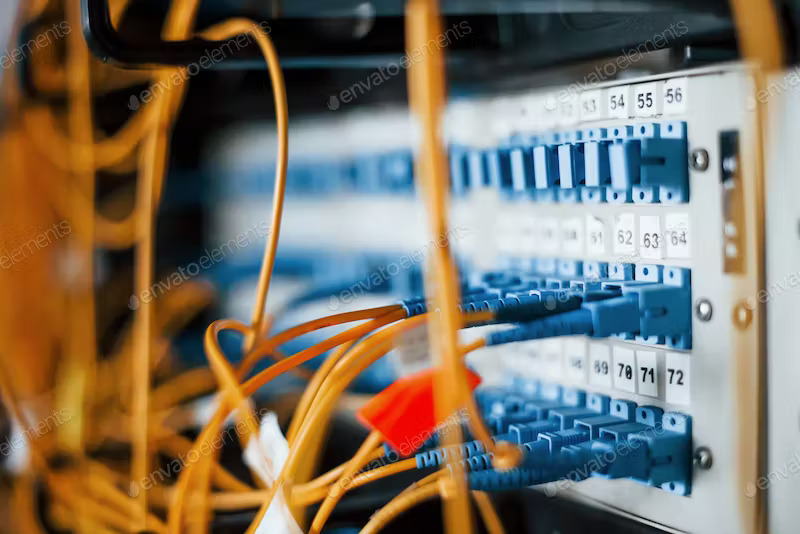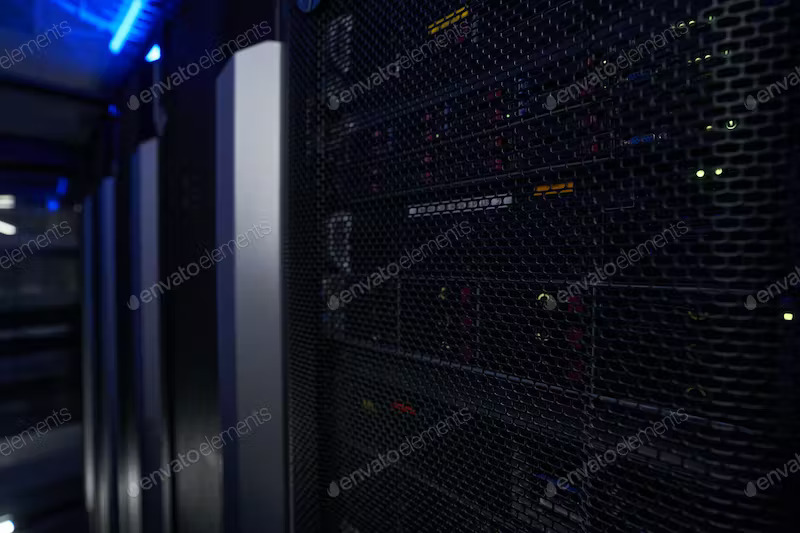
A worldwide network, also known as a global network, refers to a telecommunications infrastructure that spans across multiple countries or regions, providing connectivity and communication services on a global scale. It enables the interconnection of networks, devices, and systems worldwide, facilitating the exchange of data, voice, video, and other forms of communication.
A worldwide network is typically composed of various interconnected components, including:
1- Internet: The Internet is the largest worldwide network that connects millions of computers and networks across the globe. It allows for the exchange of information and services through standardized protocols, such as TCP/IP (Transmission Control Protocol/Internet Protocol).
2- Telecommunication Networks: Telecommunication networks, operated by telecommunications companies, form the backbone of global connectivity. These networks utilize various technologies, such as fiber-optic cables, satellite links, and undersea cables, to enable long-distance communication between different regions and countries.
3- Data Centers: Data centers are facilities that house servers, storage systems, and networking equipment. They play a crucial role in the worldwide network by providing infrastructure for hosting and delivering online services, applications, and content.
4- Network Service Providers: Network service providers, such as Internet Service Providers (ISPs), telecommunications companies, and cloud service providers, offer connectivity services and infrastructure to enable communication and data transfer across the global network.
5- Content Delivery Networks (CDNs): CDNs are distributed systems of servers strategically located around the world. They store and deliver content, such as web pages, videos, and software downloads, closer to end users, reducing latency and improving the performance of online services.
6- Internet Exchange Points (IXPs): IXPs are physical locations where multiple networks come together to exchange Internet traffic. They facilitate efficient routing and peering between networks, enabling faster and more direct communication between different regions.





